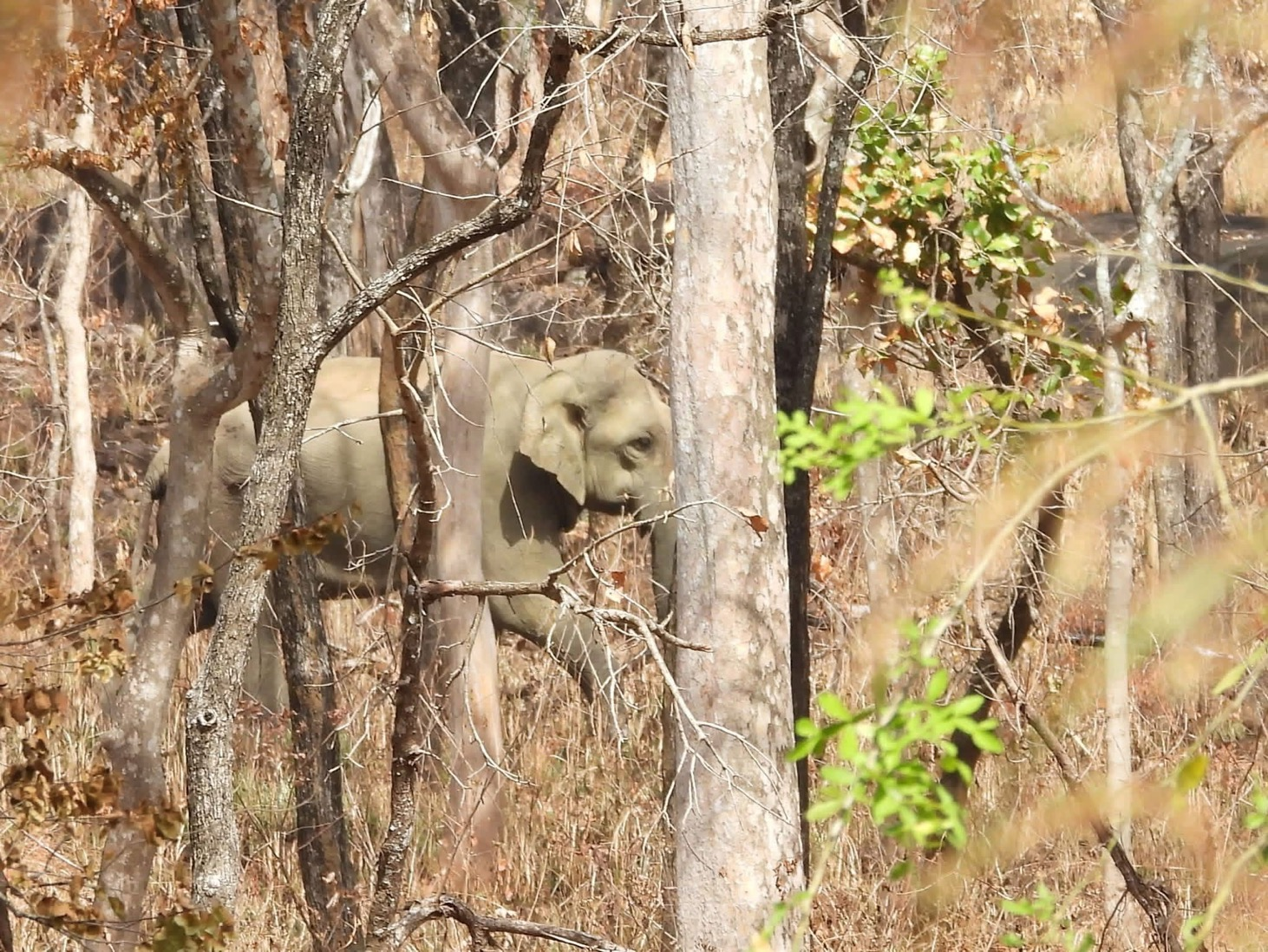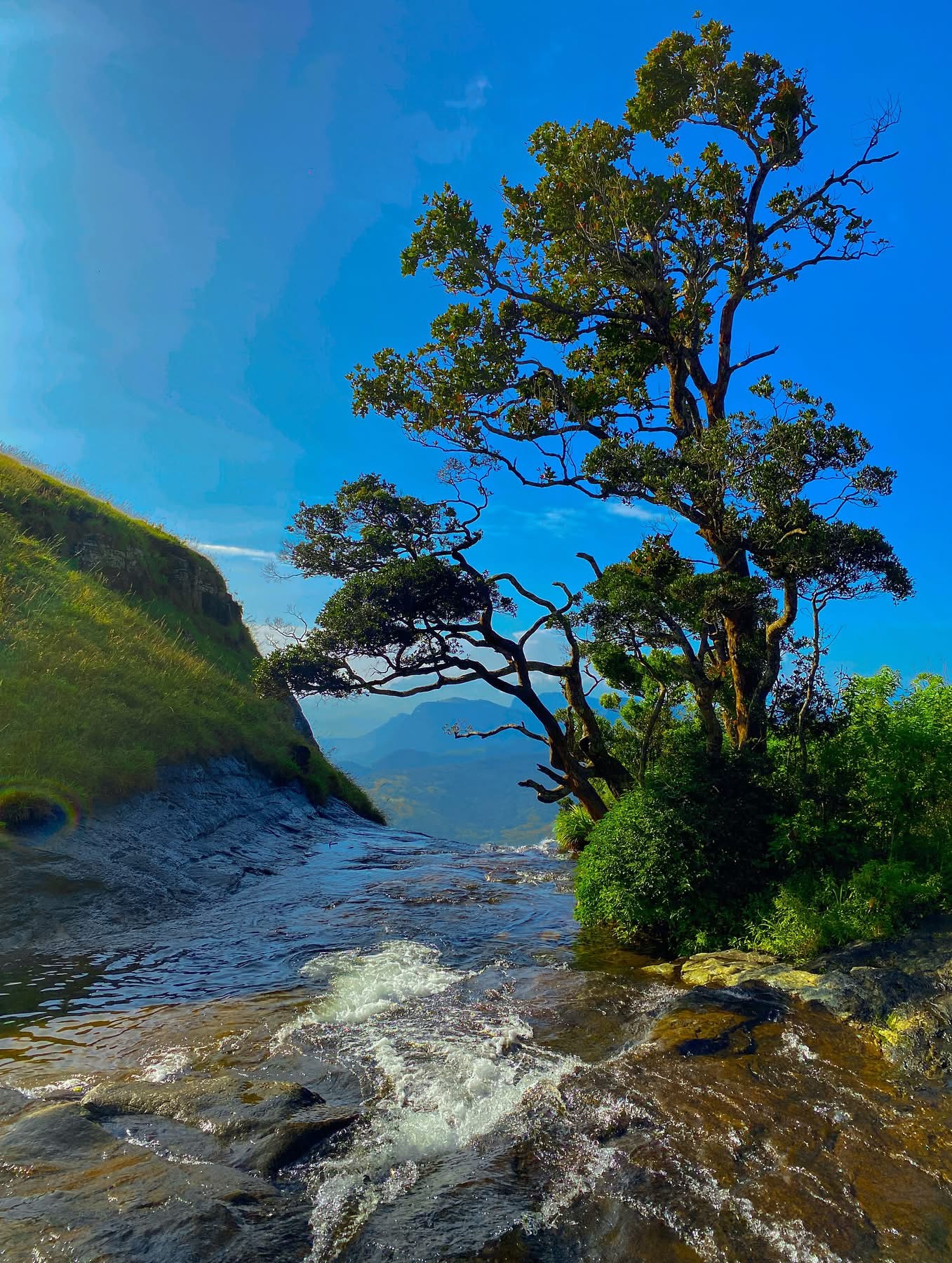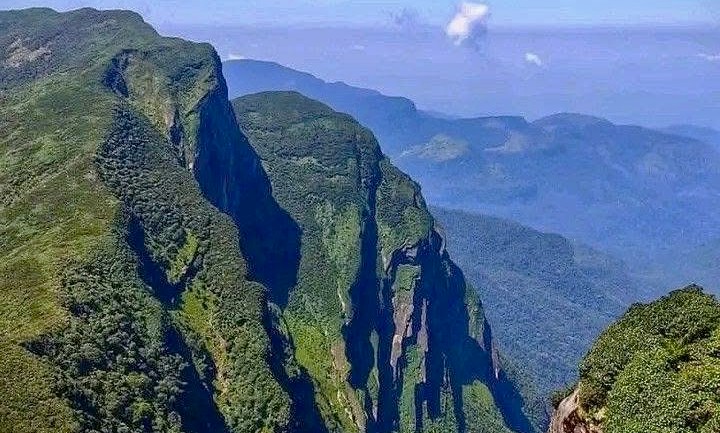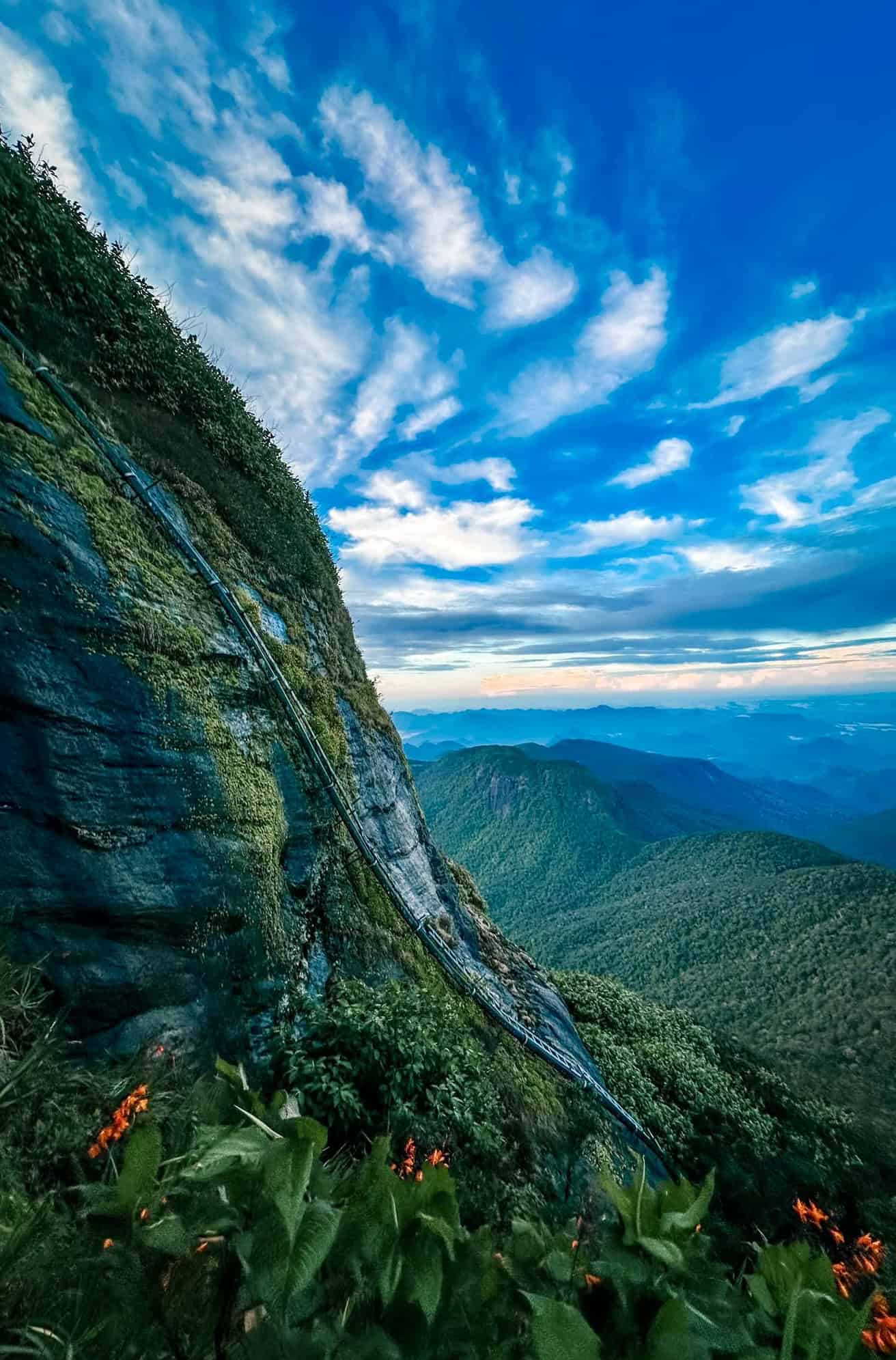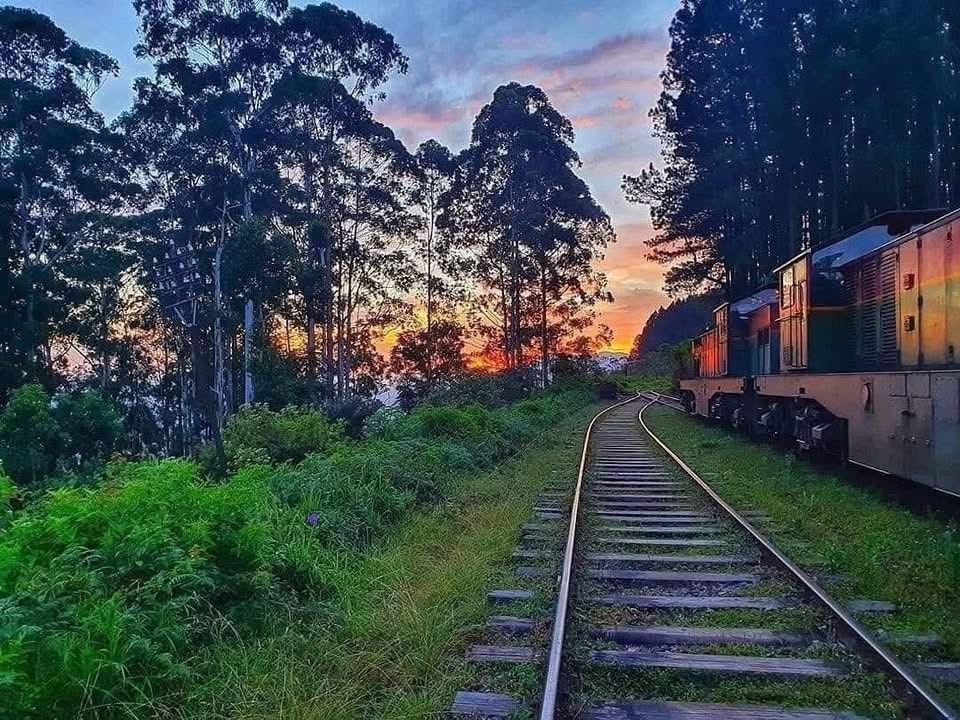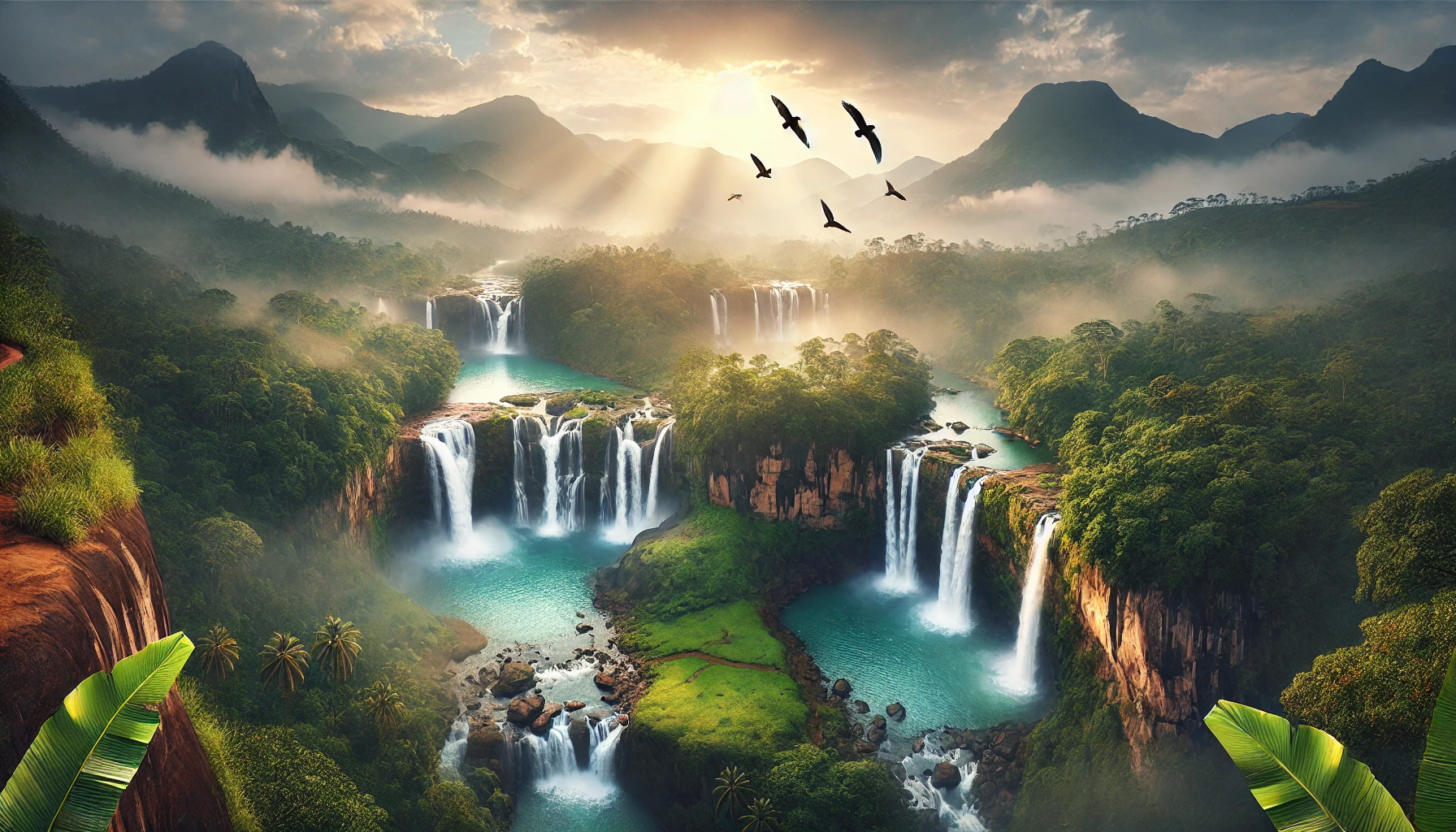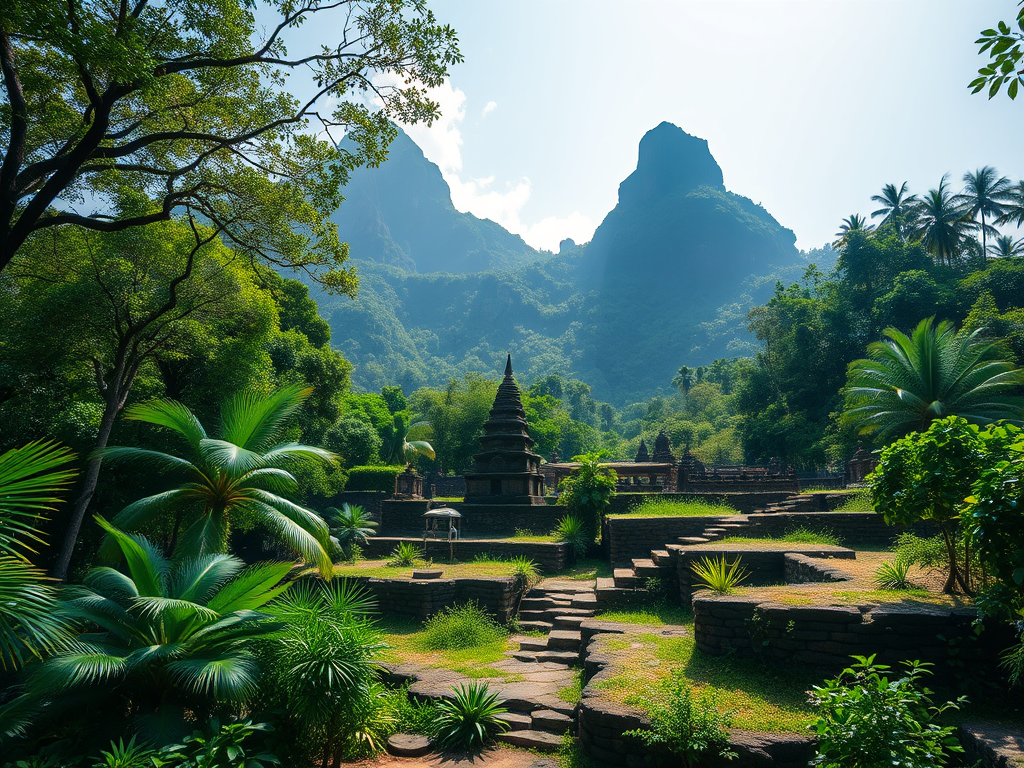Introduction
Ready to go beyond the postcard? Sri Lanka’s secret travel spots offer countless hidden gems that rarely make it into the average guidebook. Are you the traveler who craves off-the-grid adventures? Do you long for cultural immersion? Is jaw-dropping natural beauty what you seek in Sri Lanka? If so, this guide is for you. These are not your typical tourist stops. These are wild, wondrous, and sometimes challenging places where true travelers find magic.

- Kalugala Monastery (Kalugala Aranya): This monastery is tucked deep within the Knuckles Mountain Range. Kalugala is a secluded forest monastery. It offers peace, reflection, and spiritual renewal. The trek there is no easy feat—steep climbs, thick jungle, and remote trails—but the reward is silence, serenity, and connection. Highlights:
- Sacred Buddhist retreat with ancient roots
- No electricity, phone signal, or crowds
- Wildlife sightings and rainforest views
- 🥾 Difficult – 3–4 hour hike from nearest village


- Kudumbigala Monastery: This ancient rock monastery near Arugam Bay is a remote wonder that predates Anuradhapura. Hidden within jungle-covered boulders, it’s an explorer’s dream. Highlights:
- 200+ meditation caves
- Stunning panoramic views from the top stupa
- Wild elephants and deep jungle atmosphere
- 🥾 Moderate – Some parts accessible by tuk-tuk, others require light hiking


- Manalkadu Desert (Jaffna Peninsula): A surreal stretch of sand dunes is found in northern Sri Lanka. The Manalkadu Desert is like nowhere else on the island. Highlights:
- Sand dunes beside a church buried in sand
- Windswept beauty and silence
- Close to Point Pedro, Sri Lanka’s northernmost tip
- 🚗 Easy – Accessible by vehicle



- Gal Oya National Park: Less visited than Yala or Wilpattu, Gal Oya is wild and untamed. The only place in Sri Lanka where you can take a boat safari to see elephants swimming between islands. Highlights:
- Unique boat safaris
- Remote forest and tribal Veddha community (More info)
- Ideal for wildlife photographers and bird lovers
- 🚙 Moderate – 4WD recommended
- Kokagala Rock (Monaragala District): Kokagala is one of the least-known hikeable rocks in Sri Lanka. It is both spiritually significant and scenically spectacular. Highlights:
- Solitude and sweeping views
- Easy-moderate trek with sacred value
- Perfect sunrise climb
- 🥾 Easy – Family-friendly short hike



- Beragala to Bambarakanda Trail: This is a misty, magical hike. It takes you through tea estates and pine forests. You will also pass Sri Lanka’s tallest waterfall. Highlights:
- Dramatic highland scenery
- Cool climate and foggy trails
- Waterfalls, suspension bridges, and tea village life
- 🥾 Moderate – 2–3 hour hike, well-marked





- Beragala to Bambarakanda Trail (Arippu, Mannar): Colonial ruins meet crashing waves at this strange and haunting beachside building. It was built by the British in the 1800s. Highlights:
- Remote coastal scenery
- Colonial history and sunset views
- Off-the-beaten-path beach experience
- 🚗 Easy – Reachable by vehicle
🗺️ View Map of All 7 Hidden Spots: https://www.google.com/maps/d/u/0/
Top 7 Secret Travel Spots in Sri Lanka for the Brave. If you’re searching for truly undiscovered places, these destinations will take you far from the crowds. They lead deep into the heart of Sri Lanka’s natural and cultural wonders. These aren’t just places to visit—they’re stories to live.
Travel Smart: Tips for Visiting Secret Spots
- Always research weather, trail conditions, and safety ahead of time
- Hire local guides when possible
- Carry water, snacks, and a power bank
- Respect sacred places and wildlife
- Avoid leaving trash—leave only footprints
Conclusion Sri Lanka’s true beauty often lies beyond the glossy pages of travel brochures. You can meditate in a forest monastery. You might explore a sand-swept church. You could hike to a forgotten peak. These secret places invite you to dive deeper.
Ready to go beyond the guidebook and uncover Sri Lanka’s secret travel spots? Start planning your hidden Sri Lanka adventure today.
🔗 Read More Hidden Wonders: https://srilankatravelparadise.com/
🎥 Watch Off-the-Grid Sri Lanka: https://YouTube.com/@SriLankaTravelParadise
Frequently Asked Questions (FAQ)
Q1: What are the best off-the-beaten-path places to visit in Sri Lanka?
A: Some of the best include Kalugala Monastery, Kudumbigala, Gal Oya National Park, and the Manalkadu Desert. These spots offer serenity, culture, and adventure.
Q2: How safe is it to travel to remote areas in Sri Lanka? A: With proper planning and guidance from local experts, most remote areas are safe. Always check local conditions and avoid traveling alone in unfamiliar terrain.
Q3: Do I need a guide to visit these hidden spots?
A: It’s highly recommended, especially for areas like Kalugala, Kudumbigala, and Gal Oya. Guides ensure safety and provide local insights.
Q4: What should I pack for these types of adventures?
A: Essentials include hiking shoes, water, insect repellent, weather-appropriate clothing, power bank, and a good camera.
Q5: Can I access these locations by public transport?
A: Some spots can be reached by bus or tuk-tuk, but remote locations often require private transport or trekking.
